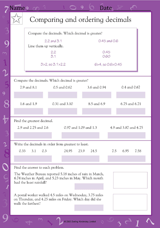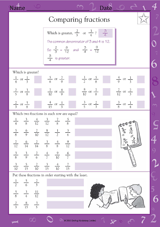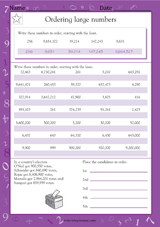5th Grade Ordering Numbers Worksheets
Filter
Most Popular
Ordering Numbers
5th Grade
Worksheets
(3) results found





